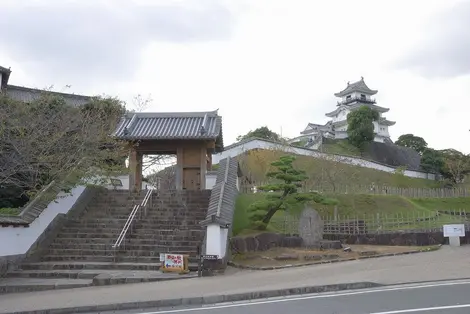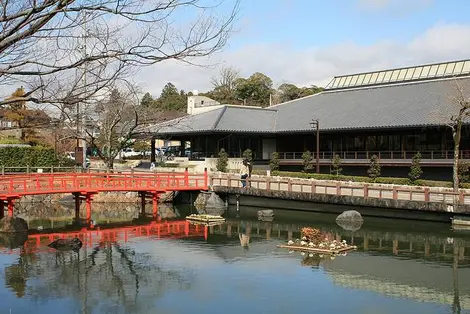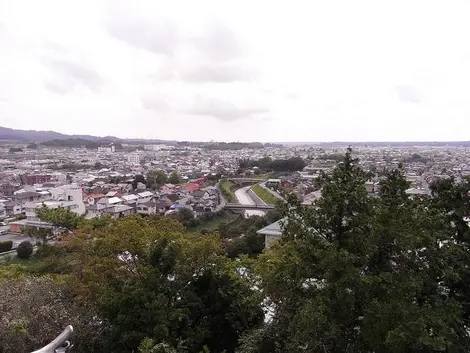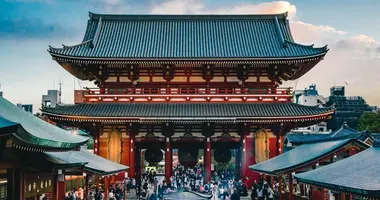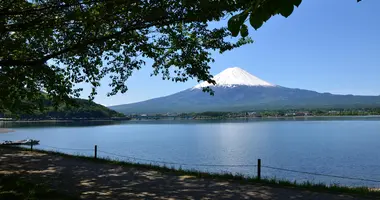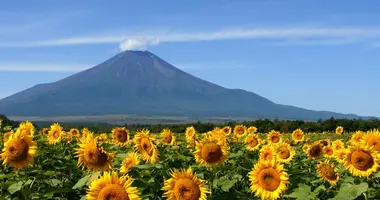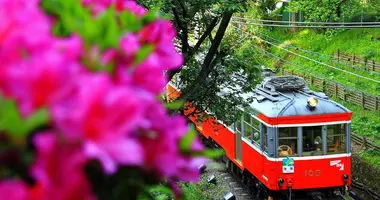Kakegawa Castle 掛川城
- Veröffentlicht am : 29/12/2015
- Von : Antoine Legastelois
Voisin du Fuji
Vous aimez les châteaux japonais ? Voussouhaitez approfondir vos connaissances sur l’Histoire du pays ? Situé à mi-cheminentre Nagoya et Tôkyô, le château de Kakegawa vous réclame. Courrez-y !
Kakegawa Castle, or Kakegawa Jô (掛 川 城) is located in the eponymous city of Shizuoka Prefecture (静岡 県). A region famous for its tea production as well as the presence, in large part, of Mount Fuji on its territory.
Probably less known than those of Matsumoto and Himeji, to name a few, Kakegawa castle, however, remains one of the most interesting sites, and a great witness to the turbulent history of the archipelago.
Located on the Tokaido road (東海 道 線) - this mythical path from Kyoto to Tokyo (respectively old and new capital of the archipelago) - the castle is well positioned and thus fanned the desires of the powerful.
A bit of history
Kakegawa Castle was built under the orders of Asahina Yasuhiro in 1513. At that time, the castle made it possible to protect the said province of Totomi (遠 江 国). Thereafter, it fell to the Yamauchi Kazutoyo clan (a vassal of Toyotomi Hideyoshi, a famous Shogun).
After the Battle of Sekigahara (1600), the victorious Tokugawa Ieyasu took control of the castle. This battle is known to all Japanese. It is even said "it decided the future of the country" because it allowed Tokugawa Ieyasu to control the archipelago and form the last and most powerful of all shogunates. With it, the port of Edo became Tokyo and, at the same time, the new capital of the country.
Because of many battles and natural disasters, the castle was destroyed many times during its history.
And today?
After the destruction of Kakegawa castle by the great earthquake of 1854, it was not rebuilt immediately and it will not be until 1994 that we will again see the main building standing.
It is interesting to note that - unlike the Osaka Castle for example, rebuilt in concrete - Kakegawa Castle was rebuilt in wood using traditional construction methods.
This is also the first time in Japan after the war that we are witnessing this artisanal prowess. Widely covered by public donations, the work cost the sum of 1 billion yen.
Note the presence of several original features, including "the residence of the Daimyo" (built in 1659) and part of the moat and stone walls.
Finally, in the castle gardens you will find the art museum of Kakegawa and the "Ni no maru chashitsu" (二 の 丸 茶室), a tea lounge, made entirely of wood, allows you to taste the famous teas in the region. A moment of serenity in this very warlike environment.





